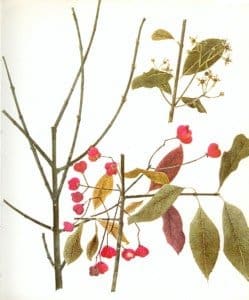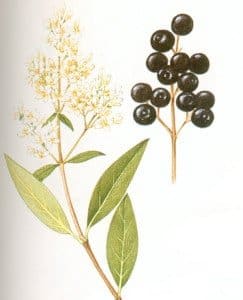Flora & Fauna
Species found include 198 flowering plants (including trees), 52 birds, 75 spiders and around 605 insects. The insects include 25 butterflies (including the fairly rare White Admiral) and 186 beetles. Grasshoppers & crickets.
The birds include willow and grasshopper warblers, goldcrest and treecreeper, as well as grey heron and kingfisher.
The 16 mammals recorded on site include otter, mink, mole, badger, brown hare and harvest mouse.
The site also has records of 12 lichens, including one which was new to Bedfordshire at the time. These were recorded in quite a small area, so the total on site is probably greater. Lichens are interesting in being a simple composite organism, consisting of a fungus in association with an alga.
Fungi are an extremely important group of organisms as they influence the ecological system in many ways. They used to be thought of as a group of the plants, but recent DNA analysis shows them to be closer to animals – so they are now put in a kingdom of their own. 33 species were found on one fungus foray. These included King Alfred’s cake, candle snuff and turkey-tail.
Trees on the Moor
Many of the trees on Flitton Moor were planted in three areas when the Bedfordshire County Council took over the site in 1988, and include English oak, ash, silver birch and field maple.
There are also two areas of older native woodland on the site; one in an area beyond the barn and one on the western corner, as well as several older trees along the boundaries. Amongst these, there are a number of Downy birch, a much rarer tree than the Silver birch. Seed from the Downy Birch were collected by Colin Carpenter and volunteers in 2016, and sent to the Kew Millennium Seed Bank at Wakehurst Place - which is managed by the Royal Botanic Gardens at Kew.
The site is particularly rich in its variety of willow species including two different osier species: common osier and almond willow. Other willows include Grey sallow, Goat willow and White willow – the latter which can grow into a majestic tree. Also Crack willow grows alongside the River Flit – the trees often dropping large limbs into the river. We also have one specimen of the hybrid between crack & white willow – which is relatively uncommon in Bedfordshire.
We have a plan to plant a few more willow species on the site, which we don’t have at present, so that we will eventually have a complete collection. These will be planted in the area behind the barn.
Common osier has many uses including binders for hedge-laying and basket making. It also grows very easily from sticks put into the ground, or even large branches. We have two mature trees near the barn grown from branches cut when willows were pollarded over 15 years ago. There is also evidence that substantial osiers beds were planted in Flitton in the 12th century.
Flitton Moor also three large native black poplars growing on the site, which were planted about 15 years ago. Native Black poplar is quite rare in Bedfordshire, though common in the Aylesbury Vale. Cuttings were taken from the native black poplar in a garden near to the Moor when it was being pollarded.

































